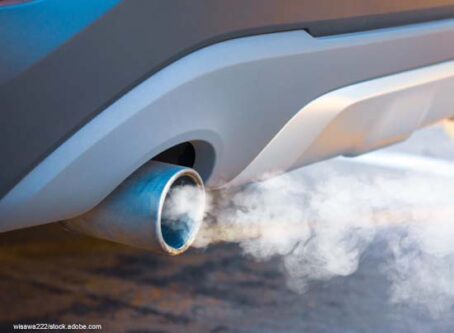House T&I to take turn at supply chain issues
The U.S. House of Representatives’ Transportation and Infrastructure Committee plans to explore the nation’s supply chain inefficiencies.
On Wednesday, Nov. 17, the T&I Committee will conduct a hearing titled, “Industry and Labor Perspectives: A Further Look at North American Supply Chain Challenges.” The hearing is scheduled to begin at 10:30 a.m. Eastern time and can be streamed live here.
Supply chain has been a hot topic in recent months and has dominated much of the headlines as the holiday season approaches.
Earlier this week, President Joe Biden announced steps to ease supply chain issues.
Those steps announced on Nov. 9 include funding a Georgia Port Authority project to alleviate congestion at the Port of Savannah and allowing port authorities across the nation to redirect project cost savings toward tackling supply chain challenges. In addition, the White House plans to develop “a comprehensive freight movement playbook” to states that includes “an assessment of truck parking facilities.”
Last week, the House passed an infrastructure bill that will invest $110 billion to repair roads and bridges, as well as $17 billion to improve infrastructure at coastal ports, inland ports and waterways, and land ports of entry along the border. Biden is expected to sign the infrastructure bill into law on Monday, Nov. 15.
The White House also addressed supply chain issues in October, announcing that the ports of Los Angeles and Long Beach would move toward 24/7 operations.
‘Pervasive problems’
Although supply chain inefficiencies have been a hot topic as of late, the Owner-Operator Independent Drivers Association says the problems are not new to truck drivers.
“Most of what we are seeing is not a surprise to our members, who have been plagued with dysfunction in the supply chain for decades, and it’s not realistic to expect the supply chain will suddenly operate efficiently on a 24/7 schedule when drivers aren’t being fully paid for their time,” OOIDA President Todd Spencer said.
In order to fix the root of the problem, OOIDA says lawmakers must first address such problems as excessive detention time, truckers not receiving overtime pay, and a lack of truck parking.
“These pervasive problems must be fixed if the administration hopes to implement any significant supply chain solutions,” OOIDA wrote in comments filed in October. “Additional concerns that need urgent attention from federal regulators and lawmakers include providing fair levels and methods of compensation, repealing the exemption that denies truckers guaranteed overtime pay, and better driver training programs.”
DRIVE-Safe Act not the answer to supply chain problems, OOIDA says
OOIDA does not believe the solution involves allowing 18-year-olds to enter long-haul trucking. Proponents of the DRIVE-Safe Act contend that the supply chain issues are caused by a shortage of truck drivers and that lowering the interstate driving minimum from 21 to 18 will help the problem.
Serving as a guest on the Glenn Beck Program in October, OOIDA Executive Vice President Lewie Pugh said the trucking industry has a turnover problem but that there is not a driver shortage.
“First and foremost, there is no national shortage of truck drivers … That’s false,” Pugh told Beck. “There’s a turnover problem in trucking. There’s a retention problem in trucking, but there is no driver shortage.
“We have a broken, inefficient system. And with all of the shortages with COVID and everything, it’s finally been brought to light.”
As of Nov. 11, the House T&I Committee hadn’t announced its agenda or witnesses for the hearing. LL









